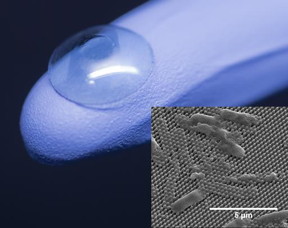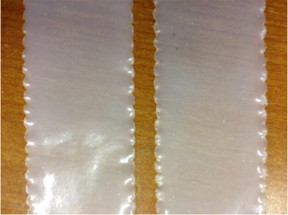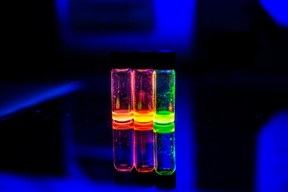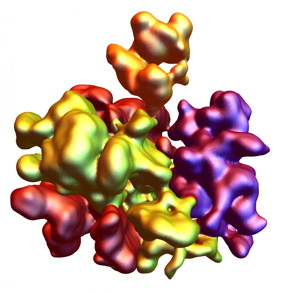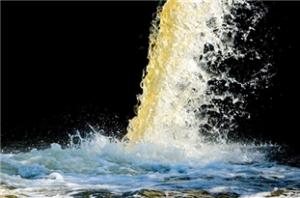Science
Insect wings inspire antibacterial surfaces for corneal transplants, other medical devices
Making electronics safer with perovskites: Scientists in Japan are developing methods to manufacture safer ceramic capacitors
Young Sun-like Star Shows a Magnetic Field Was Critical for Life on the Early Earth - See more at: https://www.cfa.harvard.edu/news/2016-06#sthash.YtOY5GLY.dpuf
Experimentation and largest-ever quantum simulation of a disordered system explain quantum many-particle problem
Purification of Industrial Wastewater by Application of Ultrasound Waves, Oxide Nanoparticles Simultaneously
Human Rights
Visited:24,397,958
Fostering a More Humane World: The 28th Eurasian Economic Summi

Conscience, Hope, and Action: Keys to Global Peace and Sustainability

Ringing FOWPAL’s Peace Bell for the World:Nobel Peace Prize Laureates’ Visions and Actions

Protecting the World’s Cultural Diversity for a Sustainable Future

Puppet Show I International Friendship Day 2020
